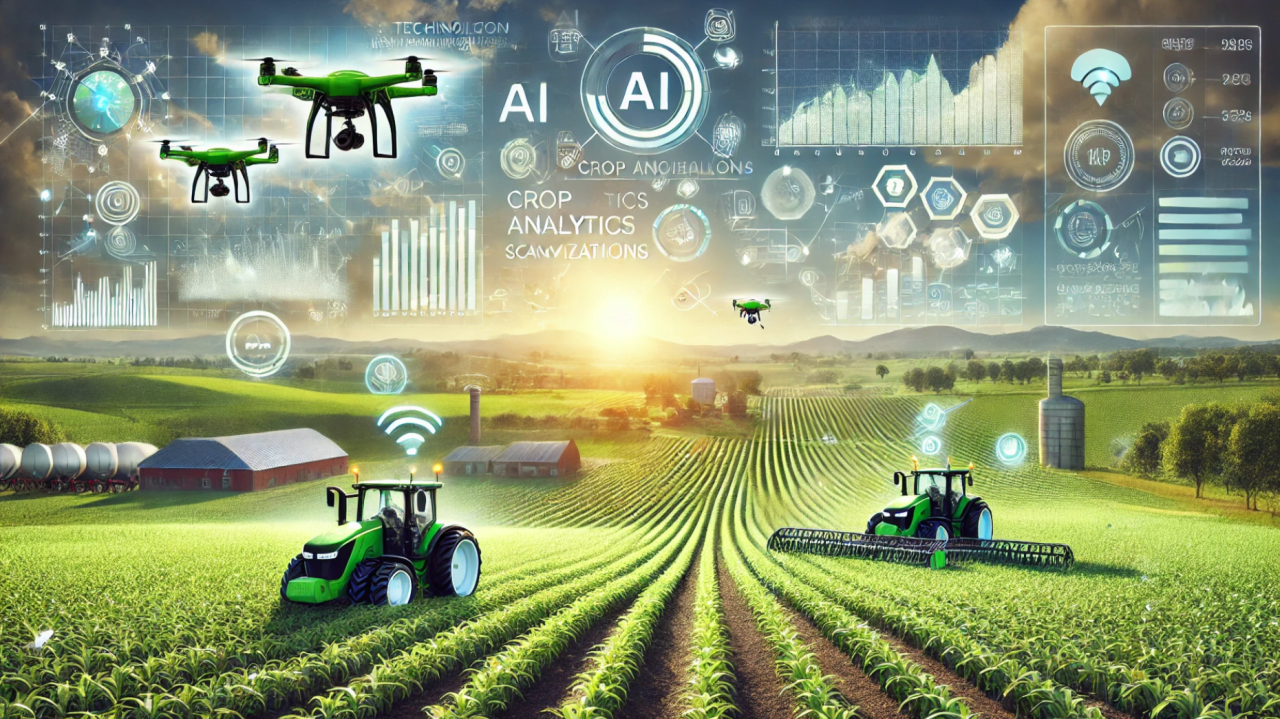AI-powered satellite farming is launching full-scale field trials in Skåne, southern Sweden, and promises to transform modern agriculture forever.
Developed by researchers at Lund University, this breakthrough uses artificial intelligence to analyze satellite data and optimize how farmers use water, fertilizers, and pesticides—with meter-level precision.
By integrating smart control files directly into farm equipment, AI-powered satellite farming delivers exactly what each section of a field needs. The result? Better crop yield, less waste, and improved farm profitability.
What Is AI-Powered Satellite Farming?
At its core, AI-powered satellite farming uses machine learning to read vast amounts of satellite imagery, soil data, and historical weather patterns. It then creates “steering files”—custom maps that guide machines to apply inputs where they’re most effective.
Instead of spreading fertilizer or water evenly across the land, AI-powered satellite farming adjusts in real time:
- More input in productive zones
- Less in underperforming areas
This precision agriculture method helps farmers maximize yield and minimize unnecessary costs.
7 Powerful Benefits of AI-Powered Satellite Farming
Here are seven reasons why AI-powered satellite farming is being called a game-changer by agricultural experts at Lund University:
- Increased Crop Yields – Better input use means more productive harvests.
- Lower Costs – Reduced water, fuel, and fertilizer usage cut operational expenses.
- Environmental Protection – Less overuse means less chemical runoff and cleaner groundwater.
- Real-Time Decision Support – AI gives actionable insights tailored to each farm.
- Early Yield Forecasts – With enough data, AI can predict yields by March or April.
- Field Customization – Individual field zones are managed uniquely for best results.
- Climate-Resilient Planning – Adjustments are made for extreme weather and drought risk.
How AI Learns to Farm Smarter
The magic behind AI-powered satellite farming lies in machine learning. Researchers train AI models using:
- Decades of crop yield data
- Satellite images of fields
- Topographic and soil condition data
- Weather history and predictions
All of this helps the AI understand spatial and seasonal patterns—letting farmers act months in advance.
For example, the 2025 season is predicted to bring significant drought in southern Sweden. Farmers using this system already know and can adjust their irrigation and crop strategy accordingly.
“Knowing what’s coming gives farmers an edge,” says Alexandros Sopasakis from Lund University.
Can AI-Powered Satellite Farming Work Globally?
Yes. While this system is built for Swedish agriculture, AI-powered satellite farming can succeed anywhere—if trained with local farm data.

In Sweden, public access to years of field records, soil samples, and weather logs made it possible. In countries where farm data is privatized, similar systems could work if those datasets are made available for AI training.
“Sweden’s open data culture gives us a research edge,” says PhD student Oskar Åström.
AI Models Need Continuous Updates
Because the climate is changing rapidly, historical knowledge alone is no longer enough. AI-powered satellite farming adapts by updating its models regularly with:
- Current season satellite scans
- Real-time temperature and rainfall updates
- Soil and growth monitoring
This ensures farmers are using the most current recommendations—not outdated methods based on years gone by.
“The faster our climate changes, the more we need fresh data,” says Åström.
Where Is It Being Tested?
Several farms across Skåne have joined the trial. However, due to the research phase, locations are confidential and will not be disclosed until testing is complete.
Lund University Expands AI Research Globally
Lund University isn’t just stopping at AI-powered satellite farming. It is launching its largest international hiring campaign, aiming to bring in 25 new researchers, many in the fields of AI and climate science.
“We want to attract global talent to solve real-world problems,” says the university’s announcement.
This includes innovations not just in agriculture, but also in healthcare, environment, and machine learning.

